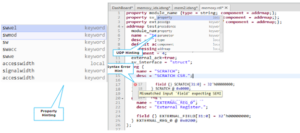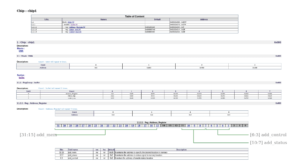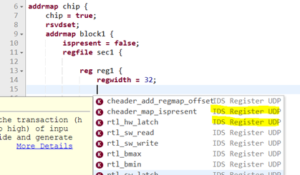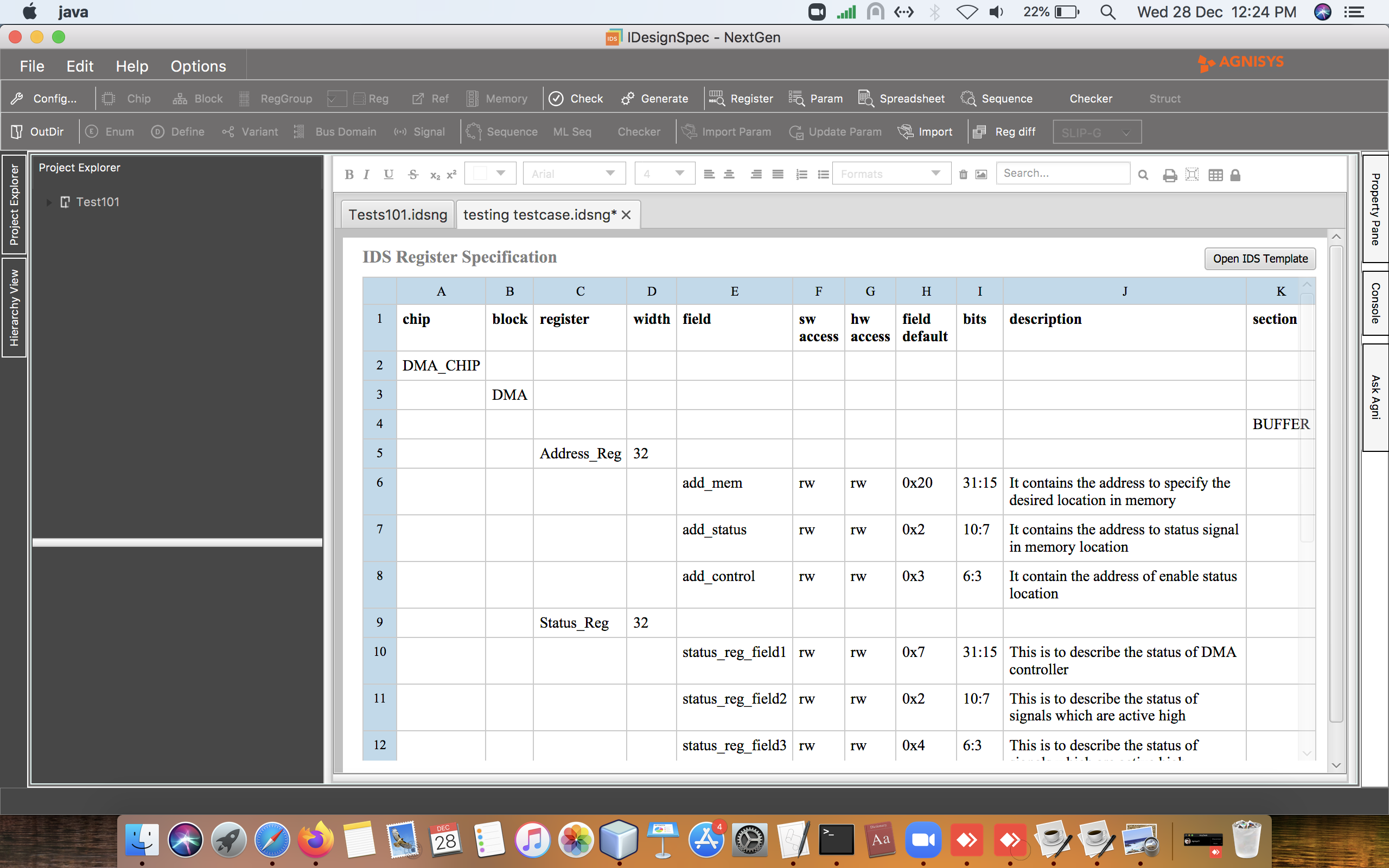The Importance of High Quality Documentation for a SoC Project
In SoC projects, where complex designs and architectures are the norm, having solid documentation is absolutely essential. It is important for effective communication, smooth teamwork, and making sure everyone’s on the same page. Let’s dive into why high-quality documentation matters so much, especially when it comes to representing SoC and IP information like registers and memory.
Clear Representation of SoC and IP Data
In SoC projects, there is a lot of data which is captured from system specs to the nitty-gritty details of registers and memory. Information such as hierarchy of a specification, various attributes, functionally and configurability of a register can also be represented in an interactive manner. Documentation is a convenient way to share the information between various teams. Different text based formats for specifying IP information such as SystemRDL, IP-XACT, XML, or CSV files, can be transformed into easy-to-read formats which means more clarity for everyone involved.
Better Collaboration and Communication
Good documentation is like a common reference that helps different teams come together such as design, verification, firmware, software, device driver and validation team. With everyone referring to the same file, it’s easier to stay coordinated and avoid misunderstandings. Plus, having everything documented means you can track changes and decisions, which keeps everyone on the same page.
Versatility in Output Formats
Agnisys IDesignSpec GDI (Graphical Design Interface) provides a complete solution for executable hierarchical specification of memories, register sets, registers, and register fields in an IP or SoC. Choice can be from a variety of input formats. Importing is also possible through existing descriptions in standard formats such as SystemRDL, IP-XACT, JSON, RALF, YAML, XML, and comma-separated values (CSV) files.
For technical writers, IDesignSpec GDI generates high-quality documentation of registers and memories suitable for inclusion in user manuals. User-selectable formats include Microsoft Word, HTML, PDF, Markdown, DITA, 2Dreg, memdump, datasheet YAML, custom CSV, and even flow diagrams in SVG format. Having this range of options means that no matter how it is preferred to consume information, there’s a format that works. These generated output are highly customizable with the help of various properties which can be applied on the specification some of them are listed below in the table:
|
Name |
Purpose |
| expanded_toc | Expands arrayed blocks in top-level map |
| add_doc | Allow users to add some external items in between the templates and that will show in documentation outputs for HTML and PDF. This will add the items just below the template on which this property is applied. |
| doc_unused_remove | Component or instance which has ispresent=false or is_rsv=true property, will be removed from the documentation output |
| html_show_reserved_bits | Show unused bits in the field of the register |
| field_sort | field description will be sorted in descending order w.r.t. bit size |
| doc_pagination | Allows users to split long HTML pages with a large number of registers into multiple pages |
Example:
Input register specification IDesignSpec GDI format:
Spreadsheet View:

Param View:

Text Based input format:
SystemRDL

IP-XACT

Automatic Output Generation:
HTML:

 PDF:
PDF:
JSON:
Word Datasheet:
SVG:
Markdown:
2D reg:
MemDump:
Summary
In a nutshell, good documentation is the glue that holds SoC projects and teams working on it together. It takes all the IP/SoC info and makes it accessible to everyone involved. With the IDesignSpec tool a variety of output formats can be generated automatically from the specification at your disposal, you can keep communication smooth, collaboration strong, and ensure your project stays on track from start to finish. Documentation isn’t just important—it’s absolutely crucial.
















